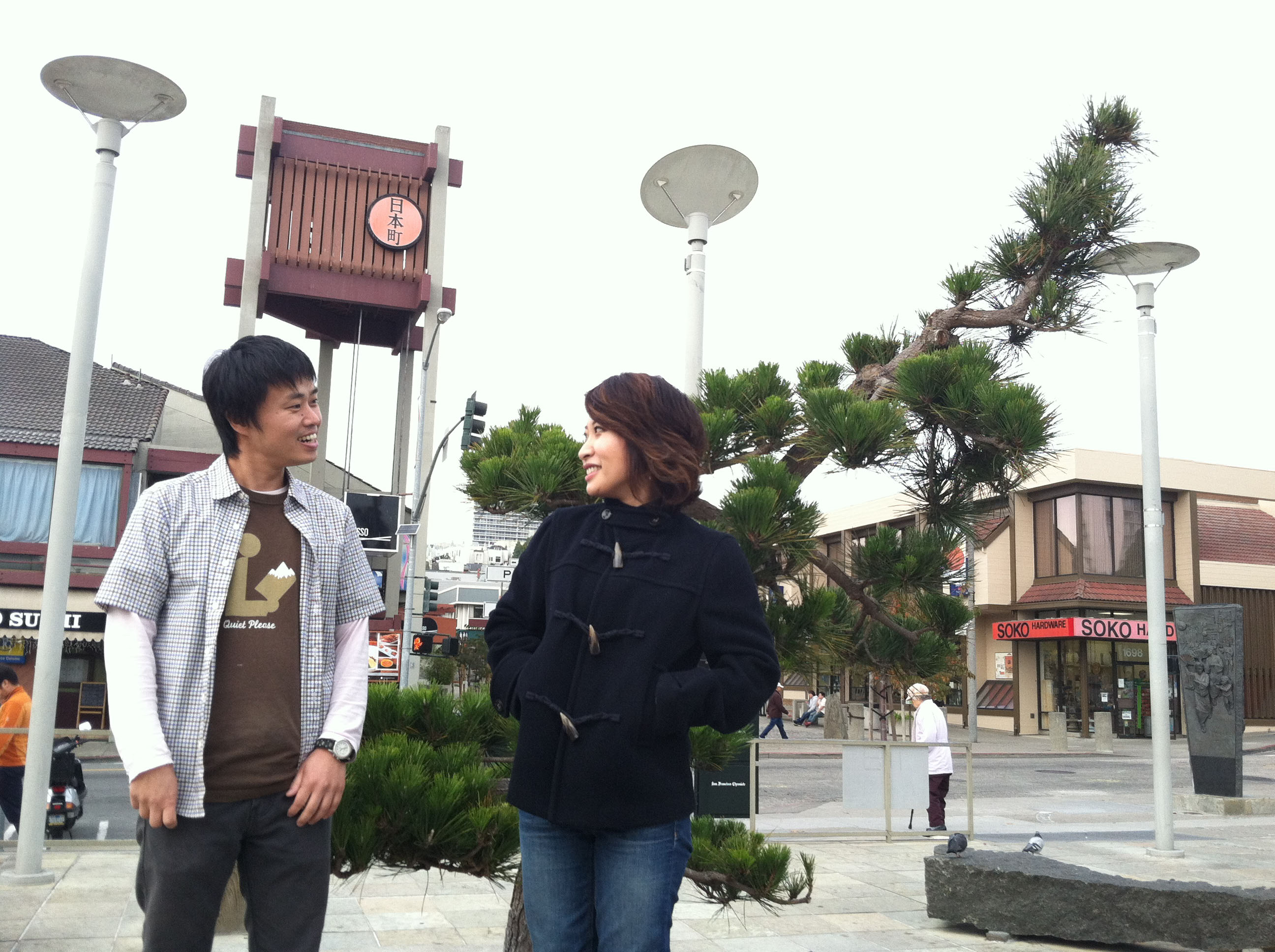Another country is another self, said the poet Alastair Reid. To grow roots on a foreign soil means to wager on possibility — the heady hope for a new lease on life, a magical stab at self-reinvention. For a little over a century, dreams of starting anew overseas have also beckoned the Japanese, inspiring sojourns and fortune-seeking to mixed ends and degrees of success.
Since the first generation of immigrants (issei), one dream destination has been the United States. As this Saturday marks the anniversary of the Imperial Japanese Navy's attack on Pearl Harbor — the day that provoked the Pacific War and the internment in camps of all people of Japanese ancestry on the West Coast — how are modern-day Japanese immigrants experiencing life in America? What are their dreams, their struggles and rewards? And how do they handle the need to belong, the ceaseless negotiation between assimilation and roots?
I searched for answers in San Francisco, a colorful zoo for the young and adventurous, finding a new first generation of immigrants, the so-called shin issei. Defying the stereotype of the "insular Japanese," their lives unfold as a multi-layered narrative — as complex, resourceful and daring as many others in the annals of world immigration.


















With your current subscription plan you can comment on stories. However, before writing your first comment, please create a display name in the Profile section of your subscriber account page.